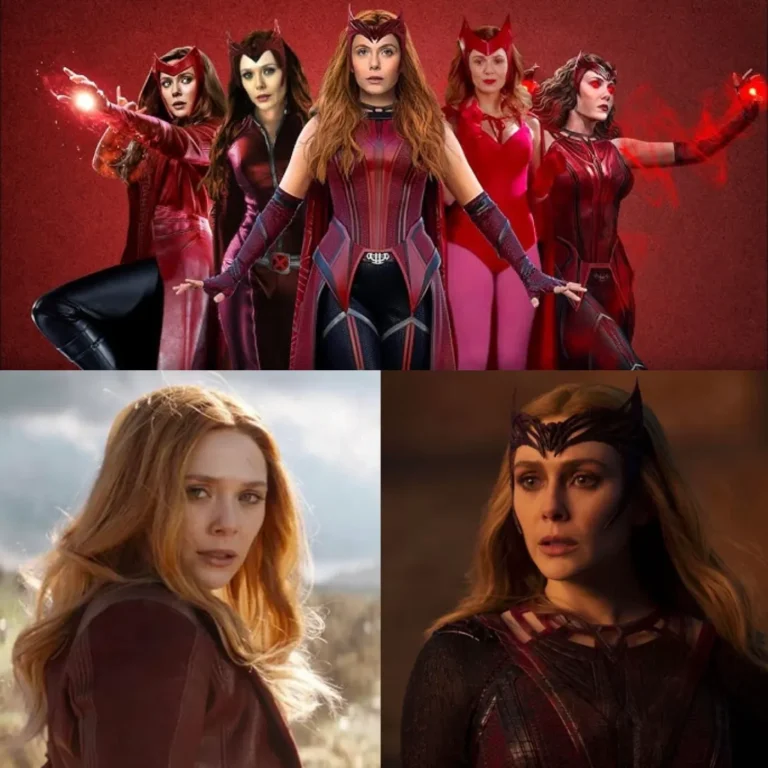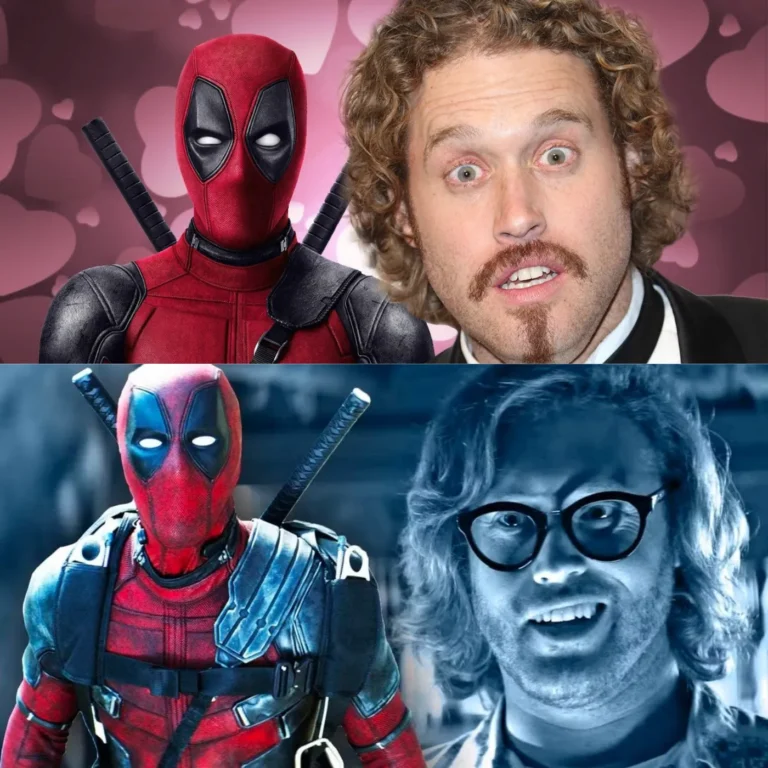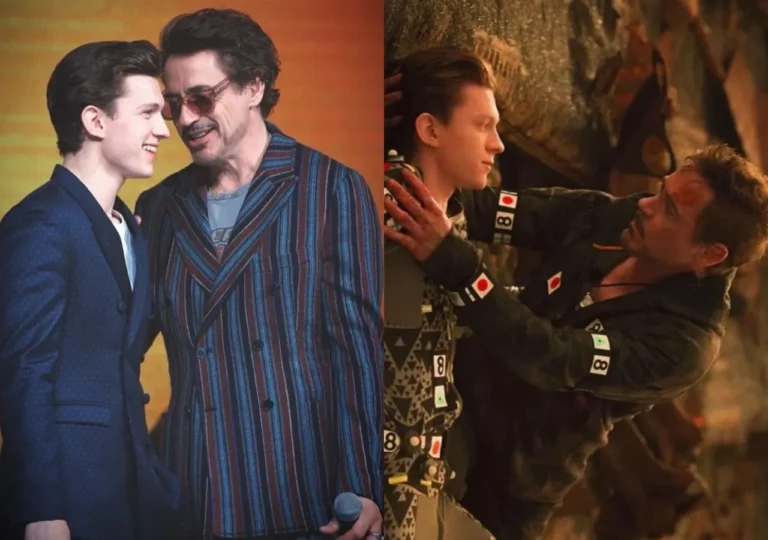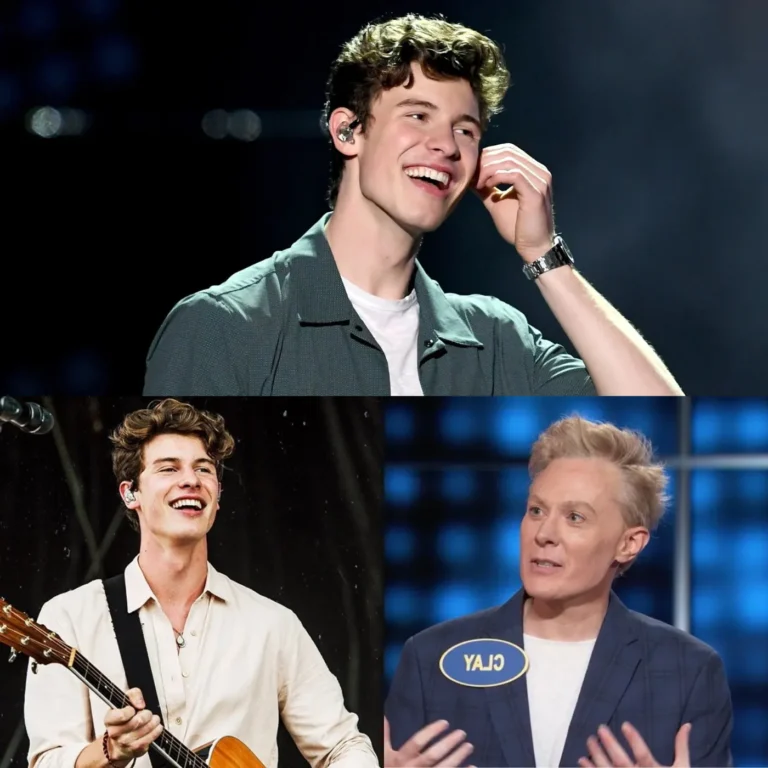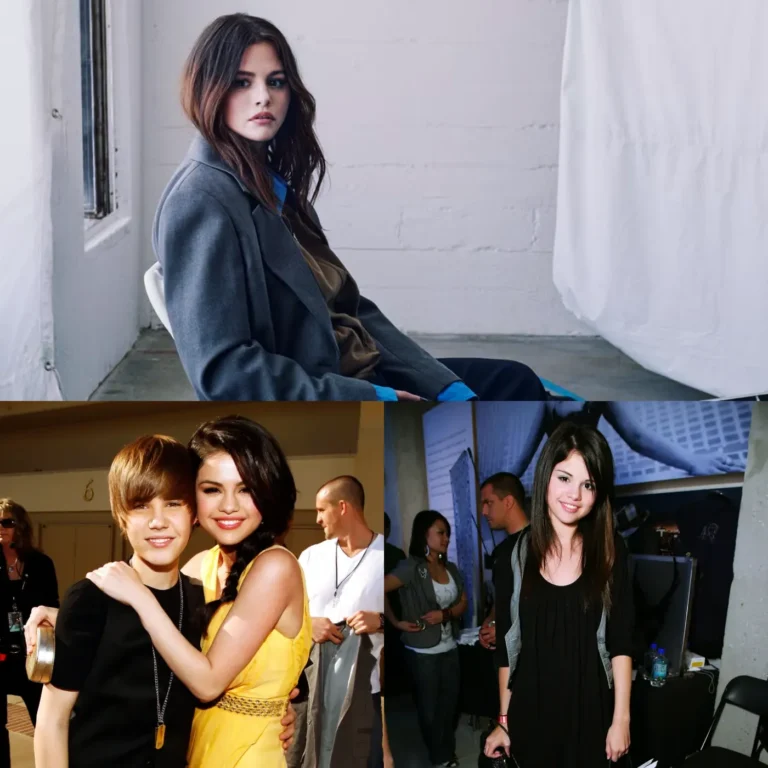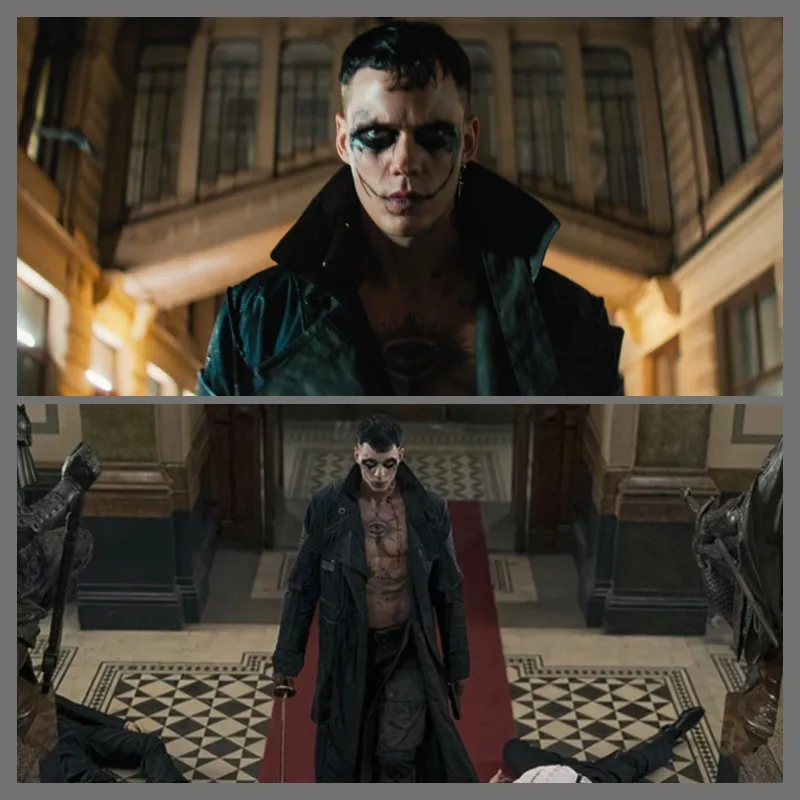

A Modern Reinterpretation with a Familiar Shadow
The film is set in a nondescript, modern European backdrop, a departure from the iconic rain-soaked, gothic ambiance of the 1994 original. Despite its efforts to establish a fresh narrative, the shadow of the original film looms large. Brandon Lee’s performance as Eric Draven in the 1994 adaptation remains iconic, and the reimagined film struggles to break free from the long shadow it casts.
Bill Skarsgård takes on the role of Eric Draven, a man resurrected from the dead to avenge the murder of himself and his beloved. Skarsgård’s portrayal is intense and brooding, yet it lacks the haunting charisma that defined Lee’s performance. The film’s attempt to capture the essence of the original while adding new layers often results in a clash between reverence and innovation.
A Love Story Weighed Down by Clichés
In this version, the core narrative revolves around Eric’s undying love for Shelly, played by FKA Twigs. The film’s tagline, “True love never dies,” aims to evoke a deep, transcendent romance but falls short. The chemistry between Skarsgård and Twigs feels more perfunctory than passionate, undermining the emotional stakes of Eric’s quest for vengeance.
William Schneider and Zach Baylin’s screenplay introduces elements of operatic drama—a devilish figure, a Faustian bargain, and a liminal space between heaven and hell. These additions are meant to elevate the narrative, but instead, they often feel forced and detract from the core story. The film’s first half is particularly slow, as it sets up the elaborate backdrop and characters, leading to a lackluster engagement with the audience.
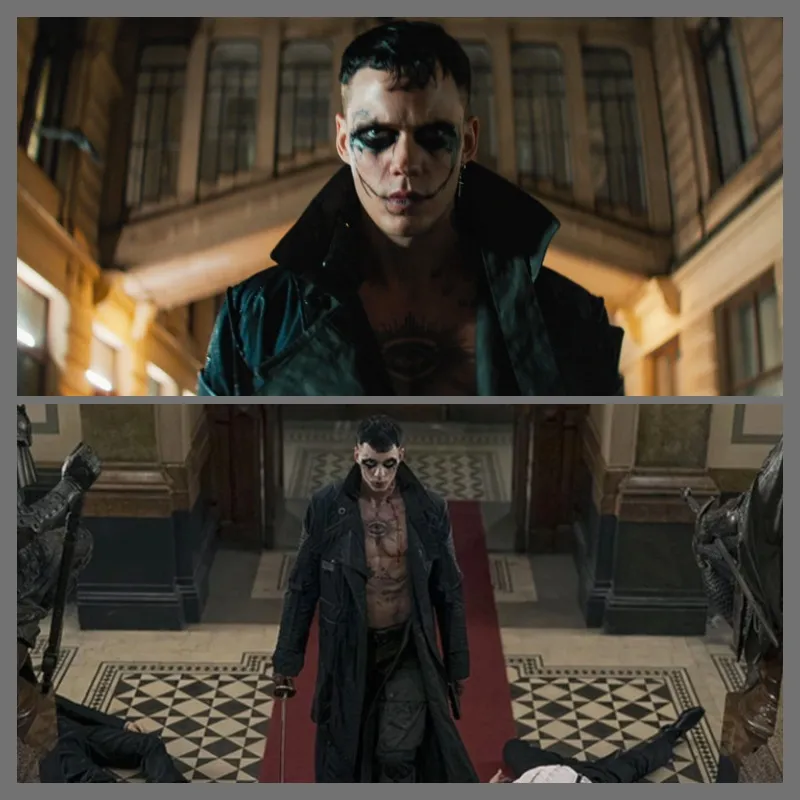
A Visual Feast with Borrowed Ingredients
Where The Crow reimagined excels is in its visual style. The film is filled with striking imagery and atmospheric moments that recall the original’s aesthetic while also drawing from other cinematic influences. Skarsgård’s portrayal of Eric, often seen clad in a trench coat and brooding through rain-soaked urban landscapes, is visually arresting. However, these moments are heavily influenced by films like The Matrix, Joker, and Kill Bill, revealing a lack of original vision.
The climax of the film, a high-octane showdown set against the backdrop of an opera, is a highlight. Here, Eric fully embraces his Crow persona, adorned with heavy makeup and wielding a katana. The action sequence is a visual spectacle, with the operatic music enhancing the intensity of the confrontation. Despite its impressive execution, the sequence feels like an overblown attempt to outdo its predecessor rather than a genuine evolution of the story.
A Film Struggling with Its Legacy
Ultimately, the reimagined The Crow is a film that struggles to establish its own identity while being constantly overshadowed by the 1994 original. Although it brings a more elaborate story and visually stunning elements, it fails to capture the emotional depth and originality that made the original film a cult classic.
The metaphorical opening scene of the white horse, trapped and bleeding, serves as a poignant symbol for the film itself: a project ensnared by its own past, unable to truly break free and forge a new path. While The Crow reimagined is visually impressive and offers some memorable moments, it remains a film that is more about style than substance, ultimately falling short of the impact of its predecessor.
